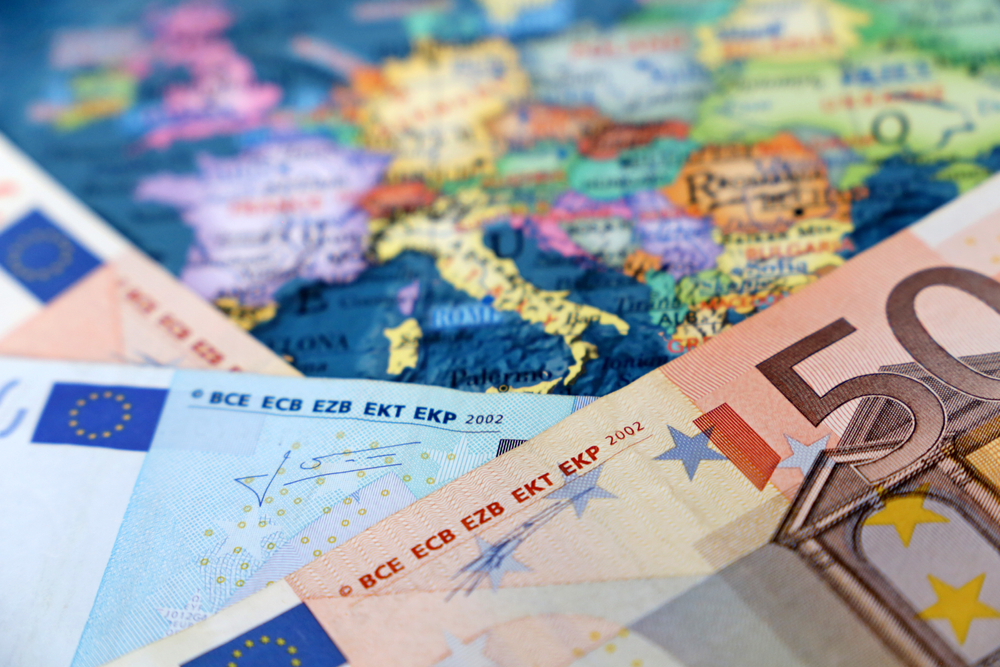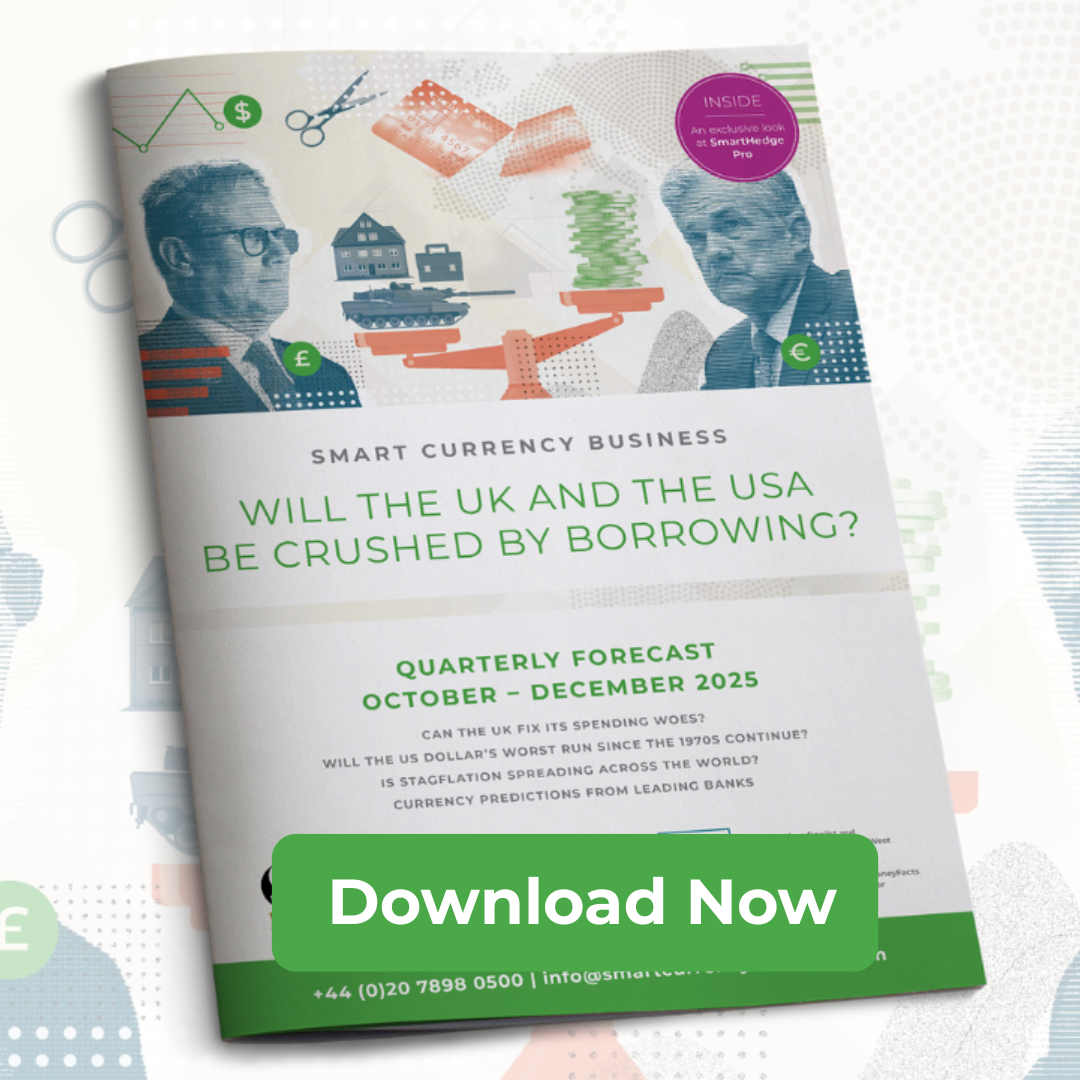
The United States and the European Union struck a trade agreement this weekend, boosting the euro.
European negotiators struck an eleventh-hour trade deal with the United States this weekend that will reduce the charges levied on a wide range of goods to 15%. The deal is similar in structure to the recent agreement with Japan, except it requires the European Union to spend almost $1.5 trillion on American energy products and military equipment.
Despite the major concessions President Trump managed to obtain, the agreement removes – or softens, at least – one of the largest risks the eurozone faces this year. The euro strengthened overnight to its highest level against the pound since November 2023.
Last week, the Internation Monetary Fund (IMF) stuck its oar into the issue of government spending, arguing that “tough fiscal choices” would have to be made at the autumn statement. The IMF’s annual report on the British economy suggested a number of eye-catching policy tweaks, including reforming the pension triple lock and charging higher earnings to use the NHS.
After the European Central Bank held interest rates at 2% last week, the German Ifo business climate survey edged up to 88.6 in July. While that came in slightly under expectations, it still marked the highest score since May 2024.
Orders of durable goods in the United States plummeted by almost 10% in June, led by falls for transport equipment and aircrafts. Trade negotiations have contributed to remarkable volatility in this area. Just last month, orders of durable goods climbed by over 10%.
Stock markets have performed incredibly well in July. Perhaps too well. Some analysts are now highlighting what they see as froth (i.e. undue or excessive valuations) in tech equities and cryptocurrencies. Last week ended with comparisons to other asset bubbles that would later burst.
Aside from keeping an eye out for froth, currency markets will be monitoring a number of European growth reports due this time out. Germany, France, Italy, and the eurozone as a whole all report preliminary GPD numbers for the second quarter of the year on a busy Wednesday morning.
The United States will also report its initial growth read for the second quarter, which should be interesting in light of the toing and froing over trader. However, this report may ultimately be overshadowed by the Federal Reserve’s interest rate decision on Wednesday evening, and the likelihood that President Trump will renew his war of words with Jerome Powell (more on that below).
Make sure any upcoming transactions are protected against the risks of sudden market movements. Secure a fixed exchange rate now with a forward contract; call your account manager on 020 3918 7255 to get started.
GBP: Mini heatwave
June’s glorious weather boosted retail sales by 0.9%, but that came in below the majority of forecasts from economic experts. Combined with falling consumer confidence, a less economically productive spell of good weather consigned the pound to another losing week against its main rivals.
GBP/USD: the past year
EUR: Bolstered by ECB hawks
Some unexpectedly hawkish comments from Christine Lagarde fuelled a second half push for the euro. With an emphasis on the medium term outlook, Lagarde did not rule out the next movement being a rate hike. That paints a vastly different picture when compared to the pound.
GBP/EUR: the past year
USD: Fed drama risks revolt
Donald Trump again undermined the Federal Reserve last week. On this occasion, Trump probed the cost of the Fed’s office renovations in Washington during an awkward press conference with Jerome Powell. This showmanship has a cost. As PIMCO warned, currency markets are unlikely to look favourably on more threats against the Fed’s independence.
EUR/USD: the past year
For more on currencies and currency risk management strategies, please get in touch with your Smart Currency Business account manager on 020 7898 0500 or your Private Client Account Manager on 020 7898 0541.

 020 7898 0500
020 7898 0500